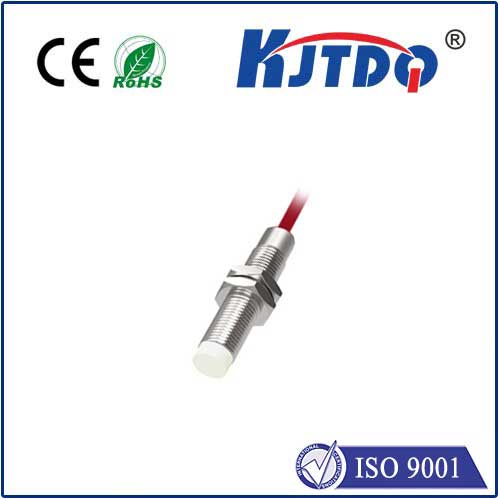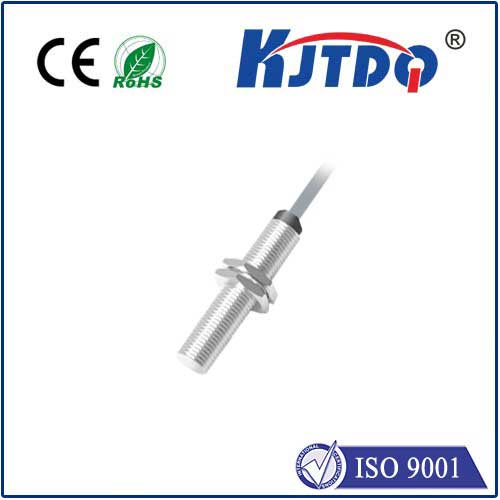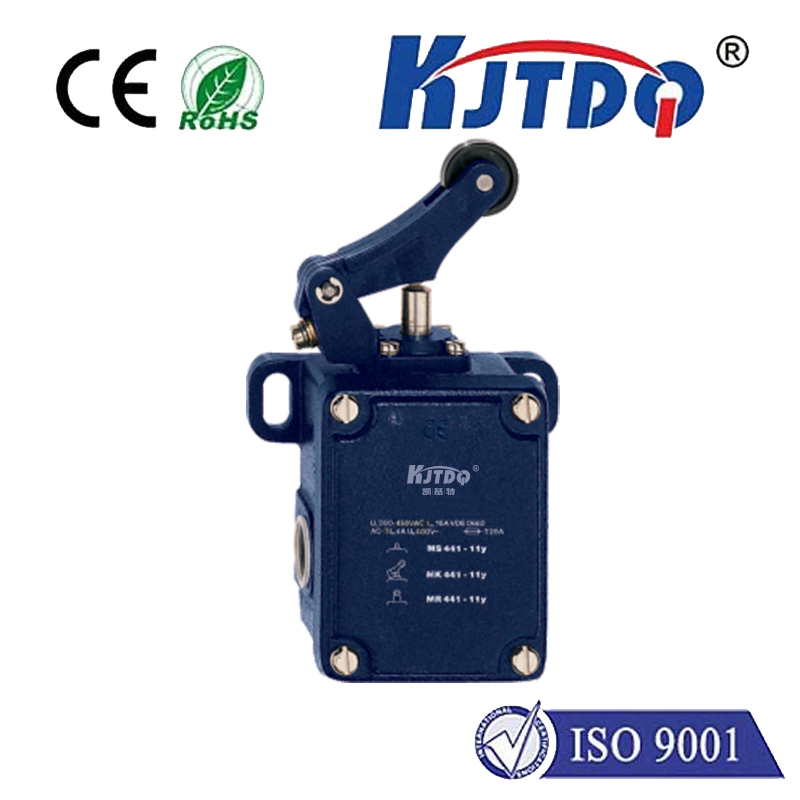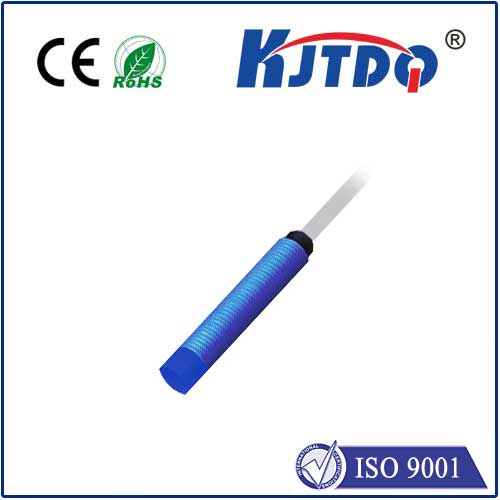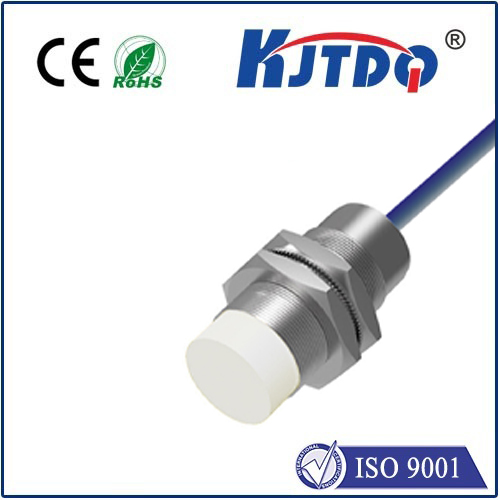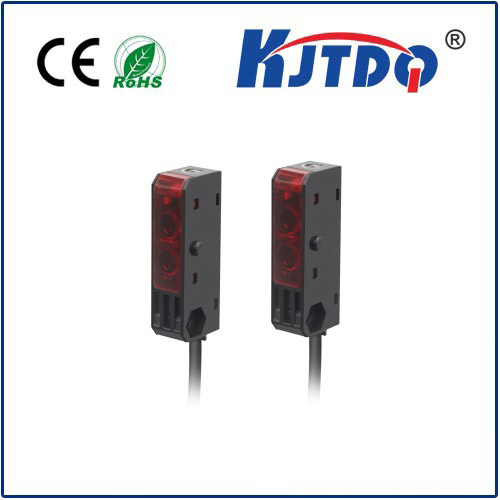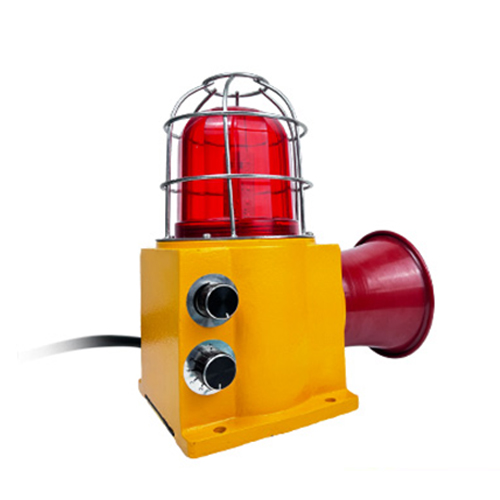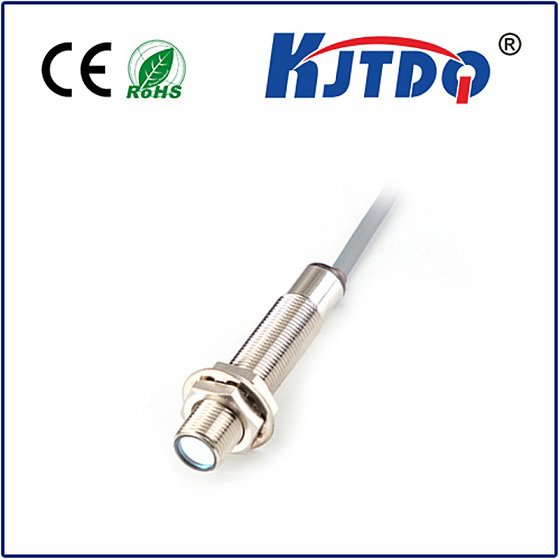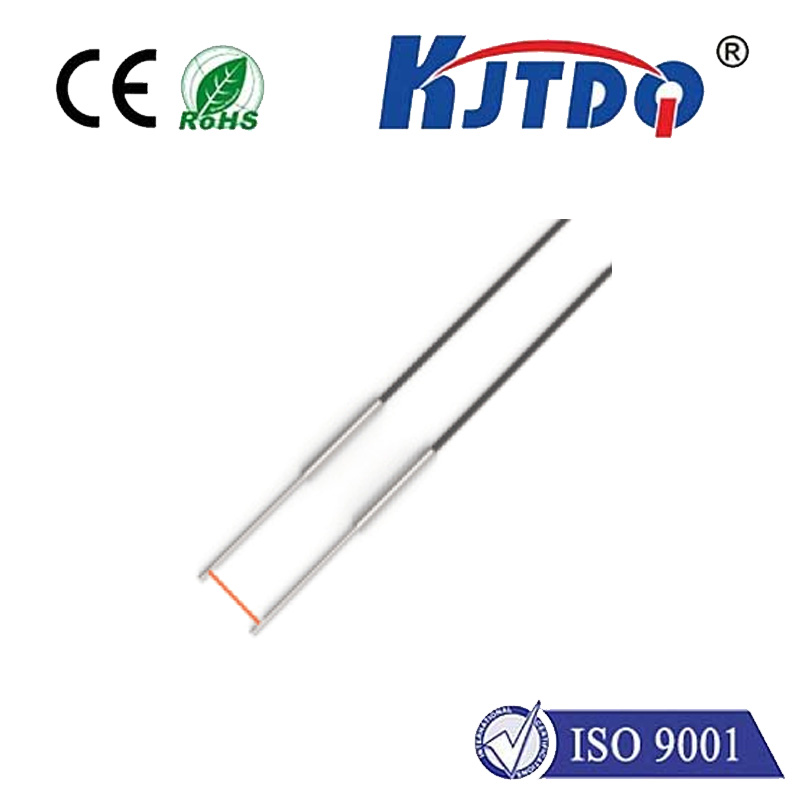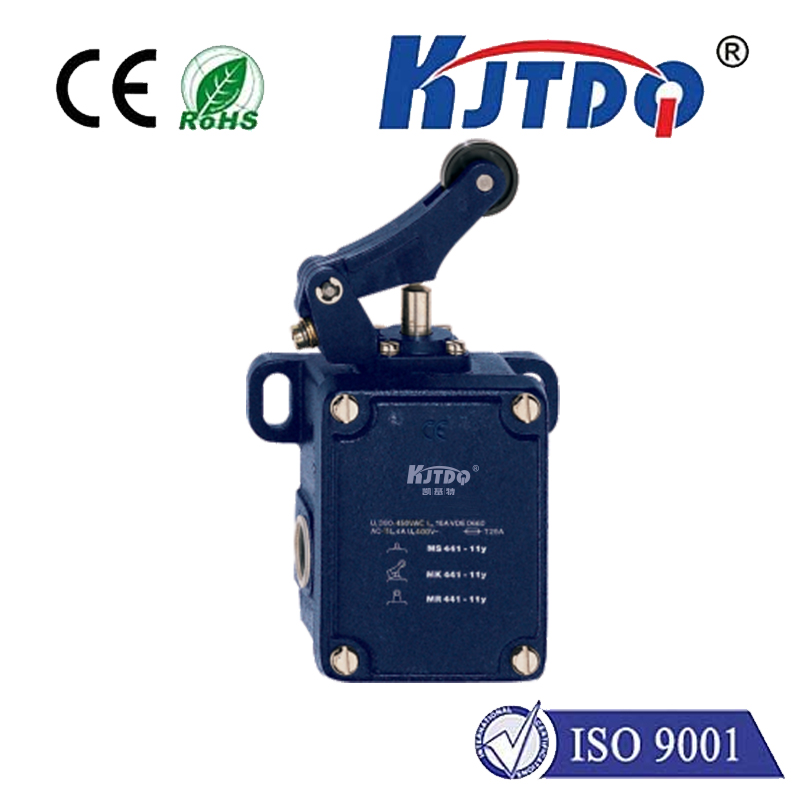fiber optic sensor
- time:2025-09-12 04:45:36
- Click:0
Illuminating Innovation: How Fiber Optic Sensors Revolutionize Measurement
Imagine a sensor thinner than a human hair, immune to lightning strikes, functioning safely in explosive environments, and stretching for miles without losing accuracy. This isn’t science fiction; it’s the reality of fiber optic sensor technology. Moving far beyond their initial role in telecommunications, these sophisticated devices are transforming how we measure, monitor, and understand our world, offering capabilities simply unattainable with traditional electronic sensors. Their unique properties make them indispensable tools across industries demanding precision, reliability, and safety in harsh conditions.
The Guiding Light: Working Principles
At their core, fiber optic sensors leverage the remarkable properties of optical fibers – ultra-pure glass or plastic strands designed to guide light with minimal loss. The fundamental principle involves sending a beam of light down the fiber. When the fiber encounters changes in its environment – be it temperature fluctuations, mechanical strain, pressure shifts, or chemical concentrations – specific properties of this light beam are altered. Key parameters affected include:
- Intensity: The amount of light reaching the detector changes.
- Phase: The timing of the light wave peaks and troughs shifts.
- Wavelength: The color (frequency) of the light is modified.
- Polarization: The orientation of the light waves is rotated.
- Transit Time: The time it takes for light to traverse the fiber changes.
Sophisticated devices at the end of the fiber detect and decode these subtle changes in the light signal. This information is then translated into highly accurate measurements of the physical, chemical, or biological parameter being monitored. The sensor itself can be either intrinsic (where the fiber itself acts as the sensing element, undergoing changes directly) or extrinsic (where the fiber merely guides light to an external sensing region).

Unmatched Advantages: Why Fiber Optics Win
The surge in adoption of fiber optic sensors is driven by their compelling advantages:
- Intrinsic Safety & EMI Immunity: Perhaps their most significant benefit, especially in hazardous locations like oil refineries, mines, or aerospace fuel tanks. They generate no sparks (operating on light, not electricity) and are completely immune to electromagnetic interference (EMI) and radio frequency interference (RFI). This allows safe deployment where electrical sensors pose explosion risks or malfunction.
- Long-Distance & Distributed Sensing: Signals can travel kilometers with minimal degradation. This is crucial for monitoring extensive infrastructure like pipelines, power cables, dams, and tunnels. Furthermore, techniques like Optical Time Domain Reflectometry (OTDR) enable distributed sensing, transforming the entire fiber length into a continuous sensor, pinpointing the location and magnitude of events like strain or temperature changes along its path.
- High Sensitivity & Accuracy: Leveraging the precision of light, these sensors detect minute changes in environmental parameters, offering exceptional resolution and accuracy unachievable with many legacy technologies.
- Small Size & Lightweight: Their compact form factor opens deployment possibilities in confined spaces or on delicate structures (like wind turbine blades or aircraft wings) where bulkier sensors are impractical.
- Multiplexing Capabilities: Multiple sensors can often be easily integrated along a single fiber line, reducing complexity and cost for multi-point monitoring systems, enabling comprehensive real-time monitoring networks.
- Environmental Resilience: They are highly resistant to corrosion, moisture ingress, and extreme temperatures, making them suitable for demanding environments like subsea operations or high-voltage transformers.
Illuminating Diverse Applications
The unique strengths of fiber optic sensor systems unlock innovative solutions across a multitude of sectors:
- Structural Health Monitoring (SHM): Vital for bridges, buildings, dams, pipelines, and wind turbines. Sensors embedded or attached to structures continuously monitor strain, vibration, tilt, and temperature, providing early warnings of structural degradation or impending failure, enabling predictive maintenance and enhanced safety.
- Oil & Gas: From downhole monitoring of pressure and temperature in extreme wellbore environments (leveraging intrinsic safety) to leak detection along pipelines and perimeter security using distributed acoustic sensing (DAS), fiber optics provide critical data for efficient and safe operations and asset integrity management.
- Power & Utilities: Monitoring temperature hotspots in high-voltage transformers and power cables is critical for grid reliability. Fiber optic sensors offer the accuracy and immunity needed, preventing catastrophic failures and optimizing energy flow. They also monitor strain on overhead transmission lines.
- Industrial Process Control: Used in harsh factory environments for temperature profiling in furnaces, pressure sensing in chemical reactors, liquid level detection, and monitoring composite material curing processes due to their resilience and precision.
- Medical & Biotechnology: Employed for minimally invasive procedures such as measuring pressure inside arteries or the heart, temperature monitoring during thermal therapies, and enabling advanced biosensors for detecting specific biomolecules based on refractive index changes.
- Defense & Security: Powering perimeter intrusion detection systems (using DAS to “listen” for footsteps or vehicle movement over vast distances), underwater acoustic monitoring, and providing resilient sensing on military platforms.
- Smart Cities & Geotechnical: Monitoring ground movement, landslides, tunnel stability, and the integrity of critical urban infrastructure like dams and foundations using distributed strain and temperature sensing.
The Future: Brighter and Smarter
The evolution of fiber optic sensor technology is far from over. Research focuses on enhancing sensitivity and selectivity, particularly for biochemical sensing applications. Advancements in distributed sensing algorithms will improve spatial resolution and data interpretation speed. Integration with the Internet of Things (IoT) platforms is accelerating, enabling seamless data integration and cloud-based analytics for smarter decision-making. New materials and fiber designs promise even greater capabilities in extreme environments.
As costs continue to decrease and expertise grows, the deployment of fiber optic sensing solutions will become even more pervasive. They are rapidly moving beyond niche applications to become the preferred sensing technology for situations demanding robustness, safety, long reach, and high fidelity. From safeguarding our infrastructure to enabling cutting-edge medical diagnostics and optimizing industrial processes, fiber optic sensors are truly illuminating a new era of measurement and monitoring, proving that sometimes the best way to “see” is with light.






